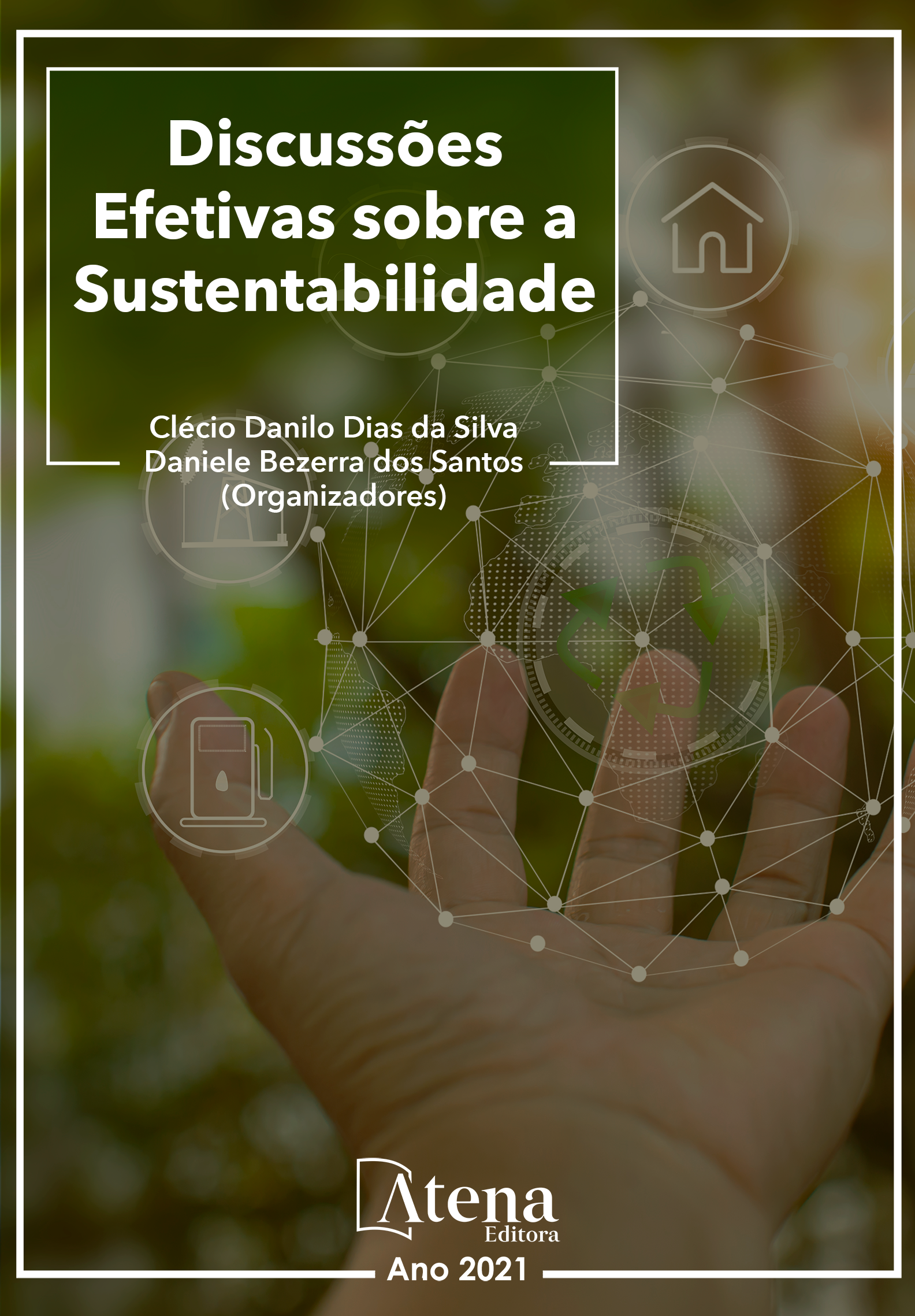
MELHORIA DA QUALIDADE DO AR INTERIOR ATRAVÉS DA UTILIZAÇÃO DE ARGAMASSAS ECOEFICIENTES / IMPROVEMENT OF INDOOR AIR QUALITY THROUGH THE USE OF ECO-EFFICIENT MORTARS
Em meados do século XX identificou-se o Síndrome do Edifício Doente associado a uma série de queixas e desconforto ambiental sentido por parte dos ocupantes dos edifícios. Embora as técnicas construtivas nos edifícios tenham evoluído, melhorando o conforto genérico dos seus ocupantes, o nível de qualidade do ar interior diminuiu devido às características da construção. A qualidade do ar interior tem sido referida como um dos principais riscos ambientais para a saúde pública.
Assim, é de extrema importância conhecer o tipo de poluentes presentes no ar do interior dos edifícios, de forma a desenvolver produtos da construção que quando aplicados em revestimentos, tenham a capacidade de captar esses poluentes. Simultaneamente, é também muito importante que esses produtos possam contribuir para regular as condições de temperatura e humidade, e, dessa forma, contribuam para o conforto e a saúde dos ocupantes.
Com o objetivo de contribuir para o desenvolvimento de estratégias que reduzam a exposição humana a agentes poluentes com risco para a saúde e contribuam passivamente para o conforto dos ocupantes, foi desenvolvido o projeto INDEED. Neste projeto avaliou-se o efeito da higroscopicidade de diversas argamassas de reboco interior. Comprovou-se que as argamassas com base em terra argilosa aplicadas em rebocos têm um efeito bastante mais ativo no equilíbrio termohigrométrico que rebocos realizados com outras argamassas, nomeadamente com base em cimento, gesso e terra estabilizada com cal áerea. No âmbito do projeto realizaram-se câmaras estanques, simulando compartimentos de edifícios. Pretende-se vir a utilizar essas câmaras para avaliar a diferenciada captação de agentes nocivos presentes no interior dos edifícios pelas diferentes argamassas e, com base nos resultados obtidos, otimizar as argamassas que demonstrem ser mais eficientes e mais ecológicas, para que possam vir a ser utilizadas na construção.
MELHORIA DA QUALIDADE DO AR INTERIOR ATRAVÉS DA UTILIZAÇÃO DE ARGAMASSAS ECOEFICIENTES / IMPROVEMENT OF INDOOR AIR QUALITY THROUGH THE USE OF ECO-EFFICIENT MORTARS
-
DOI: 10.22533/at.ed.2192103314
-
Palavras-chave: Qualidade do ar interior; conforto; ocupantes; rebocos; higroscopicidade
-
Keywords: Indoor air quality; comfort; occupants; plasters; hygroscopicity.
-
Abstract:
In the middle of the 20th century, the Sick Building Syndrome was identified, associated with a series of complaints and environmental discomfort felt by the occupants of the buildings. Although building techniques in buildings have evolved, improving the general comfort of their occupants, the level of indoor air quality has decreased due to the characteristics of the construction. Indoor air quality has been referred to as one of the main environmental risks to public health.
Thus, it is extremely important to know the type of pollutants present in the air inside buildings, to develop construction products that, when applied in coatings, can capture these pollutants, reducing their concentration in the air. At the same time, it is also very important that these construction products can contribute to regulating the conditions of temperature and relative humidity, contributing to the comfort and health of building occupants.
To contribute to the development of strategies that reduce human exposure to polluting agents at risk to health and passively contribute to the comfort of occupants, the INDEED project was developed. In this project, the hygroscopicity effect of several interior plastering mortars was evaluated. It has been proven that clayish earth mortars applied in plasters have a much more active effect on the thermohygrometric balance than plasters made with other mortars, namely based on cement, gypsum and earth stabilized with air lime. Within the scope of the project, watertight chambers were built, simulating building compartments. It is intended to use these chambers to evaluate the differentiated capture of harmful agents present inside buildings by the different mortars and, based on the results obtained, further optimize the mortars that prove to be more efficient and more ecological, so that they can be used in construction.
-
Número de páginas: 21
- Paulina Faria
- João Gomes
- Maria Idália Gomes


